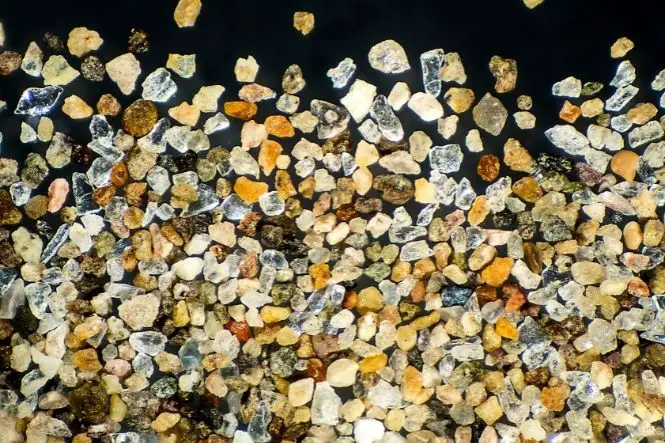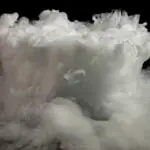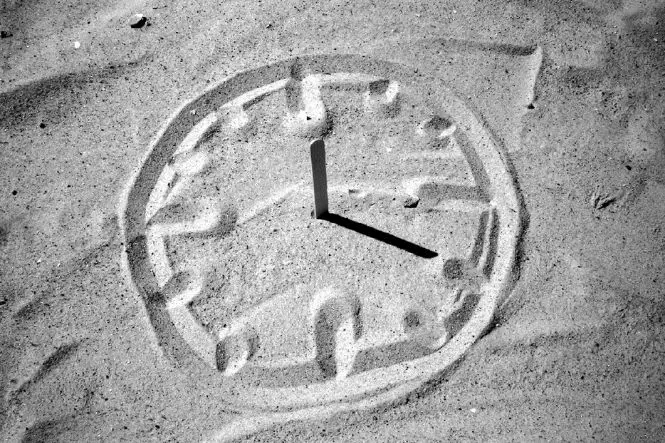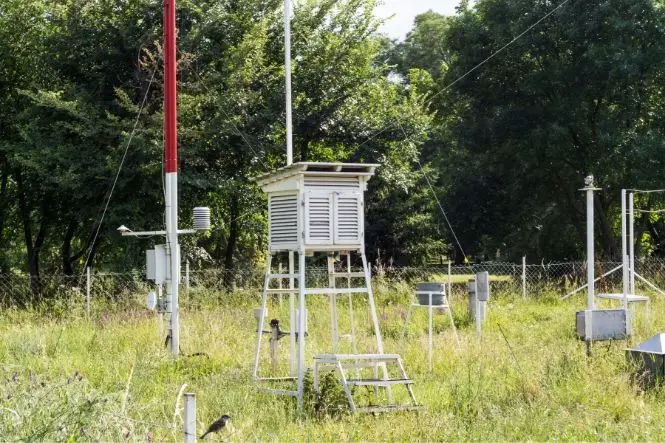Sand is a mixture of small grains of rock, ranging in size from 0.0625 mm to 2 mm. Sand is made by erosion and weathering of rocks – seas or rivers carry pebbles that chip small pieces off rocks, and freezing and thawing during the winter breaks rocks up. Sand on beaches can also be made up of small broken-up pieces of coral, bone and shell, which are broken up by predators and then battered by the sea, and even tiny pieces of glass from bottles discarded in the sea.
The colour of sand depends on the rocks that it is made of – this can vary from white, through yellow and brown, to black. Someone who collects sand is called an arenophile or psammophile.
Table of Contents
Looking At Sand
Get some samples of sand from different places – a sand pit, a beach, the edge of a river, gardener’s sand and builder’s sand. Make sure that it is dry, and then spread it thinly on a piece of black paper. Look at it through a magnifying glass. Are all the grains in each kind of sand the same colour and same size as each other? Are there any differences in colour, size and shape between the different kinds of sand?
Put a bit of the sand in a saucer and pour a little bit of vinegar over it. What happens? If there are tiny bubbles, these are carbon dioxide, and are formed when the acid in the vinegar reacts with the calcium carbonate in the fragments of shells, coral or bone (see ‘Acids and Alkalis: Making Gases’).
Make a Timer
Get two small clean, dry jars of the same size. Put some dry sand into one small jar, and cover the top of the jar with stiff paper, taping it down securely so no sand will leak out. Make a small hole in the paper. Tape the necks of the two jars together, and then turn the time upside down. How long does it take for the sand to pour through? What difference does a bigger or smaller hole make, or using less or more sand?
Water Rising Through Sand
Fill a glass with dry sand. Hold a plate flat over the top of the glass, and carefully turn the whole thing over. Pour a little water on the plate and watch it climb up through the sand by capillary action. Try it with different types of sand – is it faster or slower?
The Uses of Sand
Sand has many uses in industry, and even at home. Sandpaper (paper with coarse or fine sand grains glued to it) is used to smooth rough surfaces on wood, and to strip off paint. Sand is used to make moulds for casting molten metal. Sand is used to make cement and mortar, and a type of sand (quartz sand) is the main ingredient in making glass.
Just For Fun
Make sand castles or try sand painting – colour sand using food colouring, let it dry, paint a pattern on paper and then sprinkle coloured sand over. Gently tip the sand off and let it dry, and then add more glue patterns and another colour.






